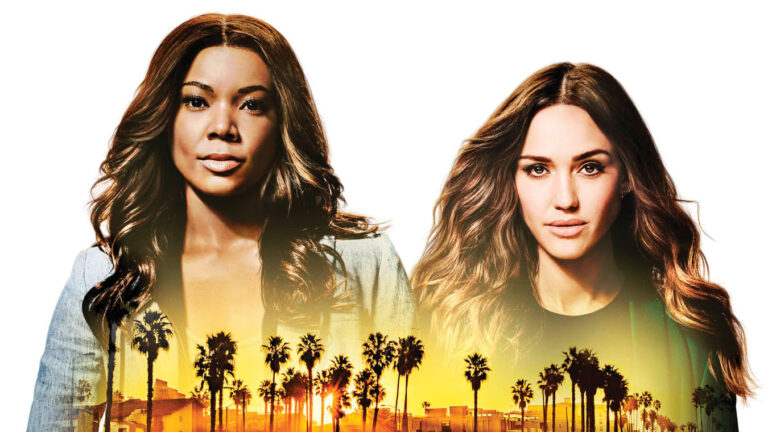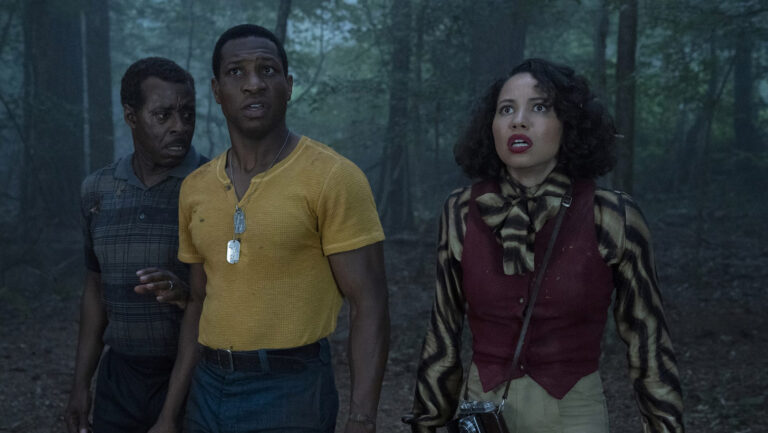“Westworld” airs Sundays at 7pm on HBO.
Latest Article|September 3, 2020|Free
::Making Grown Men Cry Since 1992
3 min read
It’s easy to argue against Hollywood’s lazy trend toward remaking/rebooting everything in creation—mostly because nearly all of these remakes/reboots suck. Leave it to HBO, however, to come up with an exception to the rule with its dark, dense reimagining of Michael Crichton’s 1973 sci-fi thriller Westworld. “Westworld” is the work of creators Jonathan Nolan (little brother to The Dark Knight director Christopher Nolan) and Lisa Joy Nolan. The series takes as its skeletal structure the setting and plot of Crichton’s original. Once again, we have a high-tech theme park in which rich folks pay exorbitant sums of money to interact with lifelike androids in an immersive simulation of the Wild West. Whereas Crichton’s film was an excuse for your basic robot-filled mayhem, the series version explores the idea with depth, breadth and some sneaky philosophical smarts.The series takes place inside Westworld (gone, it seems, are Romanworld and Medievalworld), which is staffed with 3D-printed androids known as “Hosts.” Every day “Newcomers” arrive on the train to interact with these Hosts in a series of pre-scripted storylines. Wanna get drunk and frolic with a prostitute? Go ahead. Wanna shoot somebody? Help yourself. Needless to say, not a lot of people spend their time exploring altruistic fantasies. But that’s OK. The staff here is all artificial. If you kill one of them, they’ll just pop up the next day, fit as a fiddle, in a permanent Groundhog Day-style loop.The first difference, right off the bat, is that “Westworld” spends much of its time focussing on the poor, replacable Hosts. One of our main characters is Dolores Abernathy (Evan Rachel Wood), a young homesteader who wakes up every morning cheerful and happy—despite the fact she often ends up raped or murdered by day’s end. Being a pre-programmed android, she has no reason to doubt the truth of her surroundings. This isn’t a major problem, at least until the park’s founder and creative director Dr. Robert Ford (Anthony Hopkins) decides to update the Hosts’ software to make them even more human. This causes them to access some of their erased memories and “remember” things that they’re not supposed to. The head of Westworld’s Programming Division (Jeffrey Wright) and its head of security (Luke Hemsworth) express some concerns about the upgrade and its effect on the park. But Westworld hasn’t had a major malfunction in over 30 years. What could possibly go wrong? Plenty, of course—but not the immediate robot revolution we got in the original. Instead, we get a slow, steady awakening on the part of Dolores and others as they start to puzzle out the mystery of who and what they really are. Existential and technological ponderings aside, “Westworld” throws in some wonderful twists on the original narrative in order to surprise and confuse those who think they know the storyline. Ed Harris, for example, shows up as the mysterious Man in Black—a clear throwback to Yul Brynner’s character in the first film. But this Man in Black is quite a bit different, with an entirely new agenda. It’s these unexpected twists—along with the sharp writing, feature-quality cast and tense atmosphere—that help make “Westworld” less of a remake and more of an upgrade.


